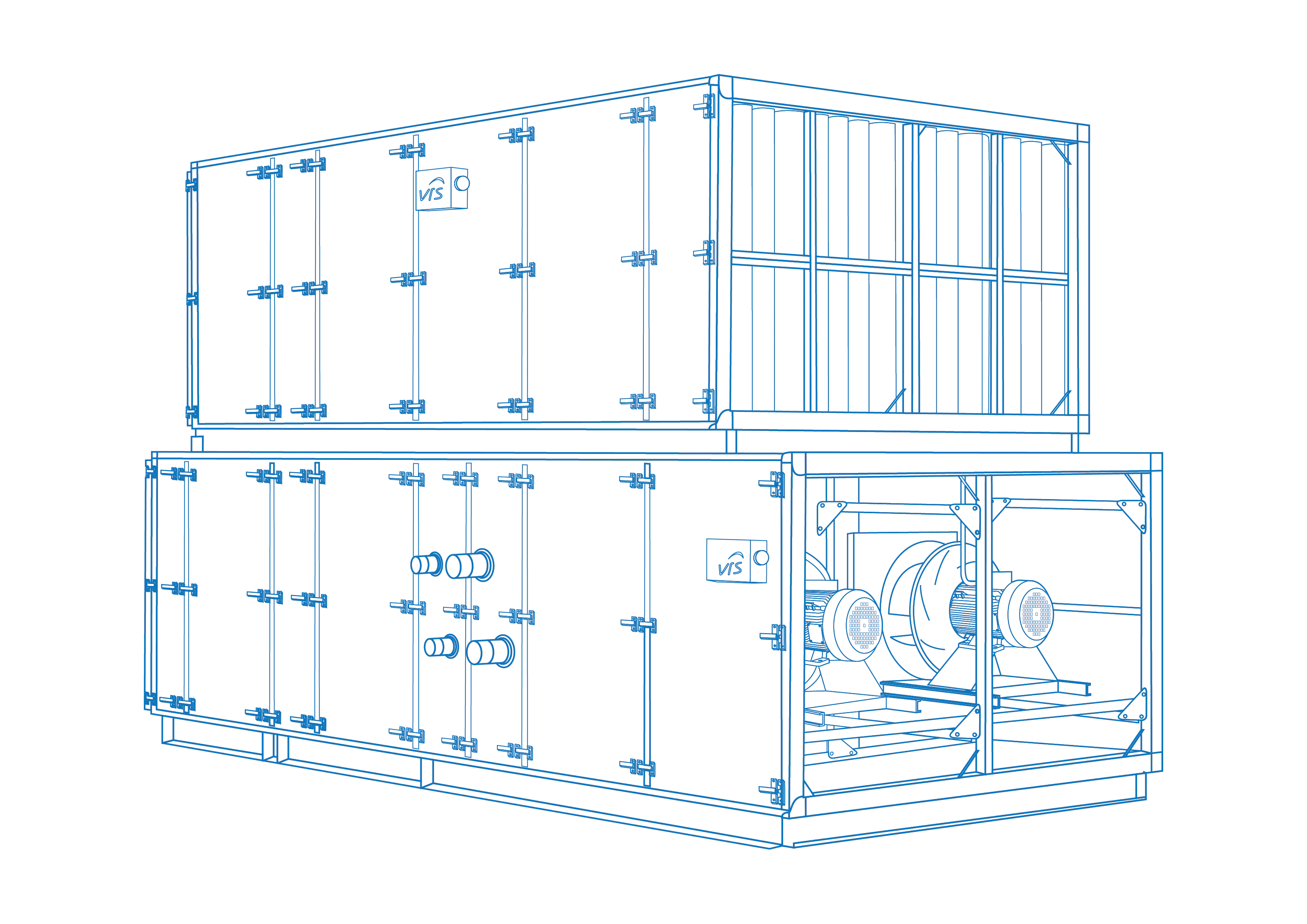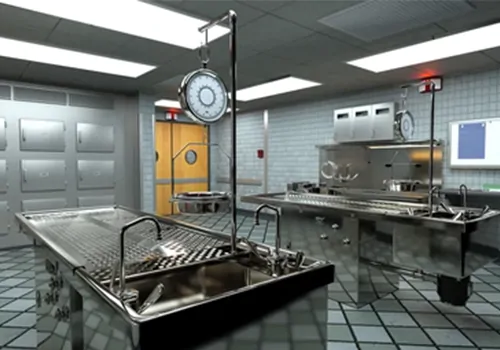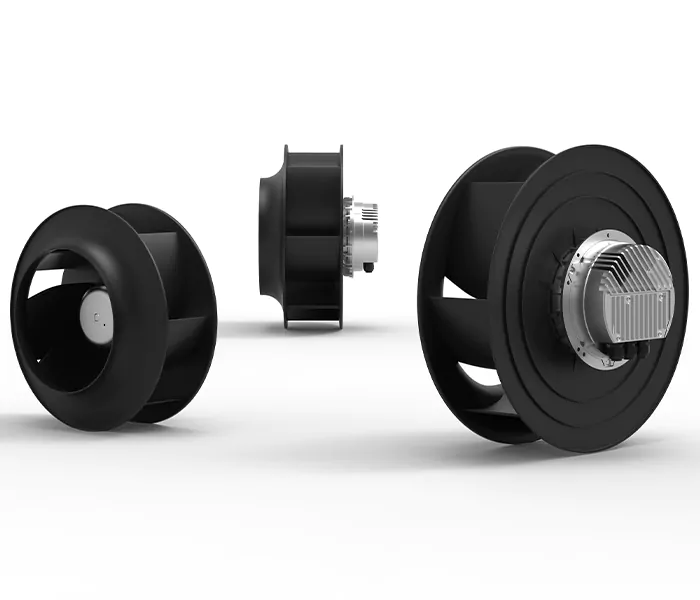Mortuary & Autopsy
Minimise the spread of odours and airborne pathogens, while withstanding harsh chemicals with
Corrosion & Chemical Resistant Fans for Mortuary & Autopsy Rooms
Fume extraction fans are used to exhaust hazardous substances and remove odours from mortuary and autopsy rooms via downdraught benches, or ducted systems. Corrosion resistant fans manufactured from chemically resistant or carbon loaded polypropylene are the preferred material due to their ability to withstand harsh chemicals that are used in post mortem, autopsy and inquest procedures. The use of exhaust fans enables the system to vacuum any toxic gases through ductwork and exhaust them safely.
Learn more about Axair Fans


When specifying the correct ventilation equipment for your application it is important to consider the type of contaminants generated and the area of capture required to ensure a safe working environment.
Back and side draught tables draw contaminated air through the back or sides of the system and have the option of added HEPA filtration systems. An added benefit of this type of system is that it can be converted into a full enclosure, this provides further protection from exposure to harmful substances.
Another option is to use a fume extraction arm which can can be placed in various desired working areas due to its flexibility. The fume extraction fan is integrated into the system via ducting that is attached to the arm, this allows the hood at the top of the arm to vacuum the toxic fumes from the working area. However the surface area of the extraction arm hood is much smaller than the area of a downdraught bench which means there is a risk of not capturing the contaminants quick enough allowing them to escape and reach the operator.
In conclusion the downdraught bench is the preferred choice of equipment for mortuary and autopsy rooms due to its large surface area that enables a large capture zone. Fume and Dust particles are generally heavier than air and gradually sink with the pull of gravity so equipment that draws contaminants in a downward air flow is more effective. A downward airflow that is uninterrupted prevents the contaminants from floating up towards the operator and provides the most protection

